- News
- Reviews
- Bikes
- Components
- Bar tape & grips
- Bottom brackets
- Brake & gear cables
- Brake & STI levers
- Brake pads & spares
- Brakes
- Cassettes & freewheels
- Chains
- Chainsets & chainrings
- Derailleurs - front
- Derailleurs - rear
- Forks
- Gear levers & shifters
- Groupsets
- Handlebars & extensions
- Headsets
- Hubs
- Inner tubes
- Pedals
- Quick releases & skewers
- Saddles
- Seatposts
- Stems
- Wheels
- Tyres
- Tubeless valves
- Accessories
- Accessories - misc
- Computer mounts
- Bags
- Bar ends
- Bike bags & cases
- Bottle cages
- Bottles
- Cameras
- Car racks
- Child seats
- Computers
- Glasses
- GPS units
- Helmets
- Lights - front
- Lights - rear
- Lights - sets
- Locks
- Mirrors
- Mudguards
- Racks
- Pumps & CO2 inflators
- Puncture kits
- Reflectives
- Smart watches
- Stands and racks
- Trailers
- Clothing
- Health, fitness and nutrition
- Tools and workshop
- Miscellaneous
- Buyers Guides
- Features
- Forum
- Recommends
- Podcast
 3T Strada Italia Force D2
3T Strada Italia Force D2£8,414.00
VERDICT:
Fast and comfortable, with enough tyre clearance to mix and match terrain as you please
Superfast
Balanced handling
Great ride quality
Tyre clearance up to 35mm
No computer mount
Heavier than some rivals
Weight:
8,100g
Contact:

This product has been selected to feature in road.cc recommends. That means it's not just scored well, but we think it stands out as special. Go to road.cc recommends
At road.cc every product is thoroughly tested for as long as it takes to get a proper insight into how well it works. Our reviewers are experienced cyclists that we trust to be objective. While we strive to ensure that opinions expressed are backed up by facts, reviews are by their nature an informed opinion, not a definitive verdict. We don't intentionally try to break anything (except locks) but we do try to look for weak points in any design. The overall score is not just an average of the other scores: it reflects both a product's function and value – with value determined by how a product compares with items of similar spec, quality, and price.
What the road.cc scores meanGood scores are more common than bad, because fortunately good products are more common than bad.
- Exceptional
- Excellent
- Very Good
- Good
- Quite good
- Average
- Not so good
- Poor
- Bad
- Appalling
Following the launch of the Extrema Italia gravel bike comes the 3T Strada Italia – an all-road machine designed to take the rider across all terrain types in spectacularly fast fashion. Like the Extrema, it's built around the notion of aerodynamics, larger tyres and clearance, and the result is one of the most comfortable bikes I've ridden. A comfortable aero bike may sound like a contradictory statement but the refined aerodynamic tube shapes and ability to run wider tyres and lower pressures have resulted in time-trial-bike-like speed on most road surfaces and conditions.
> Buy now: 3T Strada Italia Force D2 2x12 for £8,414 from 3T
The 3T Strada Italia is a bike for the speed merchant or time triallist who prioritises aerodynamics over everything else. It's fast in all scenarios and just so happens to possess one of the best ride qualities in the segment, too.
3T Strada Italia: Ride
I'll admit I had some reservations about the Strada Italia before taking it out for its first ride. While it's not the heaviest bike around, the 8.1kg weight came as a shock – especially when considering the average aero road bike is 7.3-7.8kg (though the Orbea Orca Aero is also over 8kg). This concern quickly disappeared after just a few pedal strokes as the Strada responds immediately to pedal inputs and picks up momentum rather quickly.
The frame is incredibly stiff around the bottom bracket and head tube, which helps with getting the bike up to speed, and once up there it stays there and slices through the air in a similar fashion to that of a time trial bike, carrying speed over rolling terrain quite effortlessly.
When the road kicks up, you'll need to pedal harder than some lighter road bikes, but this is only the case with gradients of over five per cent – anything less and the Strada Italia can crest them with little fuss.
> Buyer’s Guide: Best aero road bikes
Over the review period, most of my routes comprised rolling hills with several punchy one-minute climbs. On this kind of terrain you'll need to work a bit harder but you will make up any lost speed over the top and down the other side. Our review bike came with a 48/35-tooth chainset and 10-30T cassette, which did help when things got steep, but production models will have a 10-33T cassette – a better option given the bike's weight.
The 3T bar and stem are comfortable and allow for a commanding position over the front end of the bike. I'd have preferred a slightly narrower handlebar, but the 42cm here did allow me to get into a surprisingly more aerodynamic position when it came to resting my forearms.
The bike's handling qualities are exemplary thanks to the sub-metre wheelbase – not only does this make for a communicative front end but the fairly slack 72.5-degree seat tube angle helps balance the weight over both axles. This adds assurance on the descents and improves the predictability of the front end for faster cornering.
The stock wheelset is an in-house affair – carbon Discus 45/32 LTDs – wrapped in 32mm Continental rubber (there's clearance for 35mm), a combination that made for a comfortable and predictable ride. The 32mm tyres allowed lower pressures, and the rim profiles dealt effectively with crosswinds.
I fitted the Strada with another wheelset – the new Fulcrum Sharq all-roads – to see whether this would improve things, but the difference was negligible. The lighter weight of the Sharqs improved climbing efficiency but they felt identical to the Discus LTDs on the descents and flats.
I did try several mild off-road sections, too, and the Strada Italia managed just fine – even on 48/50psi front/rear. Going a tad lower in pressure will no doubt improve ride quality over gravel roads but this might impact overall speed once you hit tarmac again.
3T Strada Italia: Technical details
The 3T Strada Italia cuts a similar facade to the regular Strada and other machines in the company's range – there's no disputing its heritage. Closer examination, however, reveals a new down tube, seat tube, seatstays and top tube.
While the aesthetics won't appeal to all, I like the white 'Bianco' paint and 3T logo stencilled out in raw carbon fibre – it looks superb. If white isn't for you there's also Verde (green) and Rosso (red), and, for £9,604.80, a Project X raw carbon finish.
For 3T, the stiffness-to-compliance ratio was of primary importance when designing the Strada Italia. It's manufactured in the same Bergamo factory as the RaceMax Italia and Extrema Italia and shares the same filament winding and Resin-Transfer-Moulding (RTM) technology.
From the bottom bracket to the headset, the frame is made using single-filament carbon fibre – the continuous fibre is claimed to help with power efficiency, with no impact on comfort and handling. The rest of the frame, from what I can gather, uses regular high modulus fibres.
It was designed specifically for 28-35mm tyres but optimised for 30-35mm wide tyres.
Several of the Strada Italia's attributes resemble time trial bike design, such as the over-accentuated seat tube cutout that encases the rear wheel to maximise aerodynamic drag, and the head tube that is deep and exaggerated in profile.
The geometric down tube is chunky and has been designed this way to hide the bottle cage and bottle from making contact with the wind.
The seatpost is aerodynamically shaped, too, and the bike is finished off with full cable and hose integration.
While it certainly looks aerodynamic, 3T hasn't shared any wind tunnel data.
Like the Extrema Italia, the Strada Italia is compatible with electronic groupsets only, and the front derailleur bracket is removable should you wish to convert to 1x down the line.
The Strada uses a SRAM UDH derailleur hanger. This not only futureproofs the frame but also makes finding a hanger easier. That said, it isn't compatible with SRAM's Transmission, a direct-mount rear mech that obviates the need for a hanger – the chainstay is too short to accommodate it.
There are four frame sizes available – 51, 54, 56 and 58cm. The basic measurements on our size 54cm are as follows: stack is 554mm and reach is 380mm, while the head angle comes in at 72.7 degrees. The wheelbase is 983cm, which is pretty compact when compared with traditional racy road bikes from rival brands, while the seat tube angle of 72.5 degrees is notably slacker than its contemporaries but is almost perfectly parallel with the head angle.
3T Strada Italia: Components
The 3T Strada Italia range is offered in five complete bike models (a new SRAM Red AXS build has recently been added) and three framesets. Regardless of which complete build you opt for, each model is handsomely appointed and will suit the needs of most.
The bike reviewed here is the 3T Strada Italia Force D2 2x12 which, as the name suggests, is built around a SRAM Force AXS groupset. As I said earlier, our pre-launch review model has a compact 48/35T chainset and 10-30T cassette, but production models have a 10-33T cassette.
Production-ready models of this specific bike also come standard with a Quarq power meter, but our pre-launch bike came without.
The Force brakes, with 160mm rotors front and rear, aren't as sharp as the Red equivalents, but they do a commendable job.
I mentioned the 3T Discus 45/32 LTD wheels earlier, wrapped in Continental GP 5000 S TR 32mm tyres. It's not the lightest rolling stock around but complements the bike and rolls efficiently, the rim profiles dealing effectively with crosswinds and the 32mm rubber allowing for comfortable pressures.
The touchpoints are a mix of San Marco's Shortfit saddle, which I found comfortable and supportive, and 3T's Aeroflux Integrale LTD handlebar and More stem.
The two-piece cockpit makes for ease of use and adjustability, but the bar doesn't offer much in the way of compliance, and there's no mount available for a computer.
3T Strada Italia: Value
The 3T Italia Strada range is comprehensive with several premium options available including a £5,488 frameset. Complete bikes start with the £7,227 SRAM Rival AXS build, and move up to £8,414 which will get you either a Shimano Ultegra Di2 2x12 build or the bike reviewed here with SRAM Force AXS. The range tops out with the £9,605 Force AXS Project X and £13,903 Red AXS/Zipp builds.
How it compares with rivals is quite difficult to judge, as the 3T Strada Italia is pretty unusual in that there's nothing really directly comparable.
The closest option is the Orbea Orca Aero M10iLTD that Stu reviewed, though it's not an all-road bike. Stu did say it was incredibly fast – also touching on its time-trial-like speed, looks and feel. It's also an 8kg bike. At £11,499, that model is a lot pricier, with a higher spec (Shimano Dura-Ace); the Orca Aero M21eLTD is more comparable in terms of componentry, for £6,899.
The Scott Foil is another aero bike with incredible speed and handling, but again it's not directly comparable as it's not an all-road bike. In RC Pro guise it's much lighter than the 3T Italia Strada, dipping well below the 8kg marker at 7.3kg. It's also significantly more expensive at £10,499 (though Scott had it discounted to £8,899).
3T Strada Italia: Conclusion
3T has created a superb aero road bike with promising versatility and all-round comfort – which is unusual for an aero machine. Despite its weight, it's an incredibly fast bike that corners and descends like it's on rails. The Strada Italia range is pricey, but it is worth considering the impressive spec level and overall performance before making a decision.
> Buy now: 3T Strada Italia Force D2 2x12 for £8,414 from 3T
Verdict
Fast and comfortable, with enough tyre clearance to mix and match terrain as you please
road.cc test report
Make and model: 3T Strada Italia
Size tested: 54
About the bike
List the components used to build up the bike.
Headset 3T MinMax Integrale IS42/34 | IS47/38(36deg)
Thru-axle 100x12 front - 142x12 rear (specific for 3T UDH dropout)
Handlebar 3T Aeroflux Integrale LTD ( 51: 40cm - 54&56: 42cm - 58: 44cm)
Stem 3T More integrale (51: 90mm , 54: 100mm, 56: 110mm, 58: 120mm)
Front Derailleur Sram Force D2 AXS
Rear Derailleur Sram Force D2 AXS max 36T
Shift/brake levers Sram Force D2 AXS
Brakes Sram Force D2 AXS Hydraulic Disc w/ Sram 160mm rotor
Crankset Sram Force D2 AXS Power Meter 48-35T, narrow Q-factor (51: 170mm - 54&56: 172,5mm - 58: 175mm)
Cassette 12-speed Force AXS 10-33T
Wheelset 3T Discus 45/32 LTD, 25mm internal width
Tires Continental GP 5000 S TR 700x32
Seatpost 3T Strada Italia seatpost for Ritchey clamp
Saddle San Marco Shortfit
Note: our review bike had a 10-30T cassette, and no power meter
Tell us what the bike is for and who it's aimed at. What do the manufacturers say about it? How does that compare to your own feelings about the bike?
Aimed at riders who traverse mixed surfaces, perhaps looking for one bike. 3T says, "Comfortable for the everyday rider, yet equipped with the speed and aerodynamics demanded for professional use. It offers a truly radical feel (and look), proudly made in our Italian factory."
Where does this model sit in the range? Tell us briefly about the cheaper options and the more expensive options
The 3T Italia Strada range is comprehensive with several premium options available including a £5,488 frameset. Complete bikes start with the £7,227 SRAM Rival AXS build; £8,414 will get you either a Shimano Ultegra Di2 2x12 build or the bike reviewed here. The range tops out with the £9,605 Force AXS Project X and £13,903 Red AXS/Zipp builds.
Frame and fork
Overall rating for frame and fork
8/10
Tell us about the build quality and finish of the frame and fork?
Well made with stunning colours and contrasting raw carbon sections. The Strada Italia is manufactured in the same Bergamo factory as the RaceMax Italia and Extrema Italia.
Tell us about the materials used in the frame and fork?
3T's in-house filament-winding using a combination of high-strength/high-stiffness fibers, combined with RTM resin injection.
Tell us about the geometry of the frame and fork?
There are four frame sizes available - 51, 54, 56, 58cm. The basic measurements on our size 54cm are: stack 554mm, reach 380mm, head angle of 72.7 degrees, seat angle 72.5 degrees and a 983cm wheelbase.
Riding the bike
Was the bike comfortable to ride? Tell us how you felt about the ride quality.
Yes, super plush ride quality thanks to the wider tyres and carbon layup.
Did the bike feel stiff in the right places? Did any part of the bike feel too stiff or too flexible?
Very stiff bottom bracket and head tube which help for power transfer but do little to adversely affect ride quality.
How did the bike transfer power? Did it feel efficient?
Precise and immediate.
Was there any toe-clip overlap with the front wheel? If so was it a problem?
No toe overlap.
How would you describe the steering? Was it lively neutral or unresponsive? Communicative and responsive.
Tell us some more about the handling. How did the bike feel overall? Did it do particular things well or badly?
Handling is exemplary thanks to the sub-one-metre wheelbase – not only does this make for a communicative front end but the slacker seat tube angle helps to balance the weight over both axles.
Which components had the most effect (good or bad) on the bike's comfort? would you recommend any changes?
The 32mm Continental tyres did a great job adding extra comfort to the bike.
Rate the bike for efficiency of power transfer:
8/10
Rate the bike for acceleration:
8/10
Rate the bike for sprinting:
8/10
Rate the bike for high speed stability:
8/10
Rate the bike for cruising speed stability:
8/10
Rate the bike for low speed stability:
8/10
Rate the bike for flat cornering:
9/10
Rate the bike for cornering on descents:
9/10
Rate the bike for climbing:
7/10
The drivetrain
Rate the drivetrain for performance:
8/10
Rate the drivetrain for durability:
8/10
Rate the drivetrain for weight:
8/10
Rate the drivetrain for value:
8/10
Tell us some more about the drivetrain. Anything you particularly did or didn't like? Any components which didn't work well together?
The 48/35T, 10-33T gear ratios help for climbing (our pre-prod model had a 10-30T cassette) and don't particularly affect top speed thanks to the 10T sprocket.
Wheels and tyres
Rate the wheels for performance:
8/10
Rate the wheels for durability:
8/10
Rate the wheels for weight:
6/10
Rate the wheels for comfort:
8/10
Rate the wheels for value:
8/10
Tell us some more about the wheels.Did they work well in the conditions you encountered? Would you change the wheels? If so what for?
The 3T Discus 45I32 LTD wheels worked well in most conditions, including the wind and on descents. They are predictable in gusting crosswinds but a little heavy.
Rate the tyres for performance:
8/10
Rate the tyres for durability:
8/10
Rate the tyres for weight:
8/10
Rate the tyres for comfort:
9/10
Rate the tyres for value:
8/10
Controls
Rate the controls for performance:
8/10
Rate the controls for durability:
8/10
Rate the controls for weight:
8/10
Rate the controls for comfort:
8/10
Rate the controls for value:
8/10
Your summary
Did you enjoy riding the bike? Yes
Would you consider buying the bike? Yes
Would you recommend the bike to a friend? Yes
How does the price compare to that of similar bikes in the market, including ones recently tested on road.cc?
The 3T Strada Italia is pretty unusual in that there's nothing really directly comparable.
The closest option is the Orbea Orca Aero M10iLTD that Stu reviewed, though it's not an all-road bike; at £11,499, that model is a lot pricier, with a higher spec (Shimano Dura-Ace); the Orca Aero M21eLTD is more comparable in terms of componentry, for £6,899.
The Scott Foil is another aero bike with incredible speed and handling, but again it's not an all-road bike and not directly comparable. It's also significantly more expensive at £10,499.
Rate the bike overall for performance:
8/10
Rate the bike overall for value:
5/10
Use this box to explain your overall score
Despite the £8,414 ticket price, the 3T Strada Italia has much going for it. For many, it could represent the one-bike solution, nullifying any need for multiple bikes.
About the tester
Age: 0
I usually ride: My best bike is:
I've been riding for: 5-10 years I ride: Every day I would class myself as: Experienced
I regularly do the following types of riding: road racing, time trialling, mtb, Gravel and Elite Cycling eSports
Aaron is the editor of off-road.cc. He completed his BA honours at the University of Cape Town before embarking on a career in journalism. As the former tech editor of Cyclingnews and Bike Perfect, digital editor of Bicycling magazine and associate editor of TopCar, he's travelled the world writing about bikes and anything with wheels for the past 17 years. A competitive racer and Stravaholic, he’s twice ridden the Cape Epic, raced nearly every mountain bike stage race in South Africa and completed the Haute Route Alps. He's also a national-level time triallist and eSports racer, too - having captained South Africa at both the 2022 and 2023 UCI Cycling eSports World Championships.
Latest Comments
- chrisonabike 42 min 31 sec ago
I think a lot of the time in the UK even where local authorities have "got it" they end up using the wrong tools, or the right ones in the wrong...
- Secret_squirrel 1 hour 23 min ago
Fantasy lawyering. ...
- David9694 2 hours 30 min ago
A bit of light rain is all it was on Friday ...
- David9694 2 hours 35 min ago
Yep, laugh it up at the Tesla owners eco hippies, but the danger is that it gets caught up in the wider EV / petrol forever hate. Not sure why...
- parcours 2 hours 49 min ago
Hi Tony, given that this is a proprietary designed rim (as are all of our wheels), you wouldn't be able to source this elsewhere. Thanks for your...
- belugabob 3 hours 25 min ago
Legal advice is just as likely given so that the client can circumvent the law, as it is to advise them of their legal position.
- mark1a 3 hours 39 min ago
If there's no scheme in place, and your finance controller agrees, you could use Instant GCI - no need for employer to sign up, simply fill in the...
- David9694 3 hours 51 min ago
Bristol Live? Bristol Dead if you want my opinion. There must be something in the area you can be doing today that the newshounds can report on? ...
- KiwiMike 6 hours 34 min ago
Your comment was "...our former FM Hamza himself was caught driving without insurance while transport secretary. Thereby there is a family link to...
- chrisonabike 6 hours 53 min ago
It's clearly possible to make that work though....

























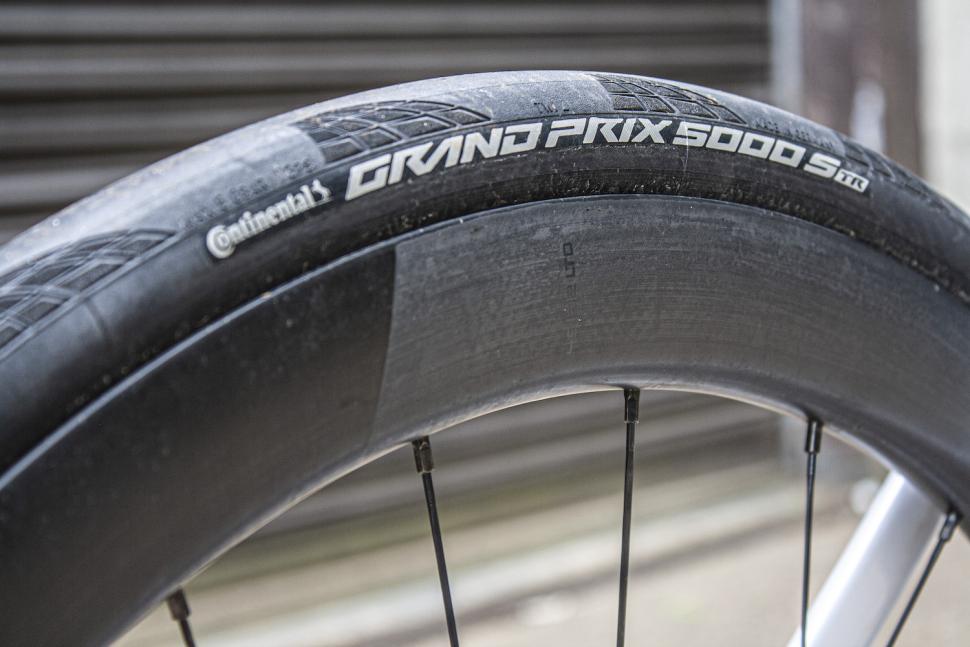
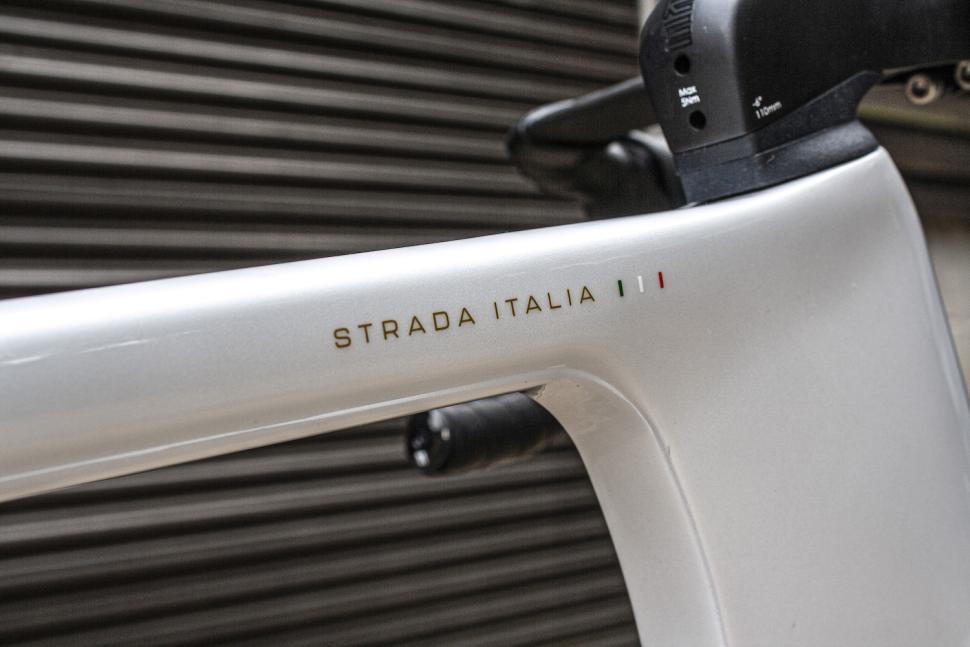
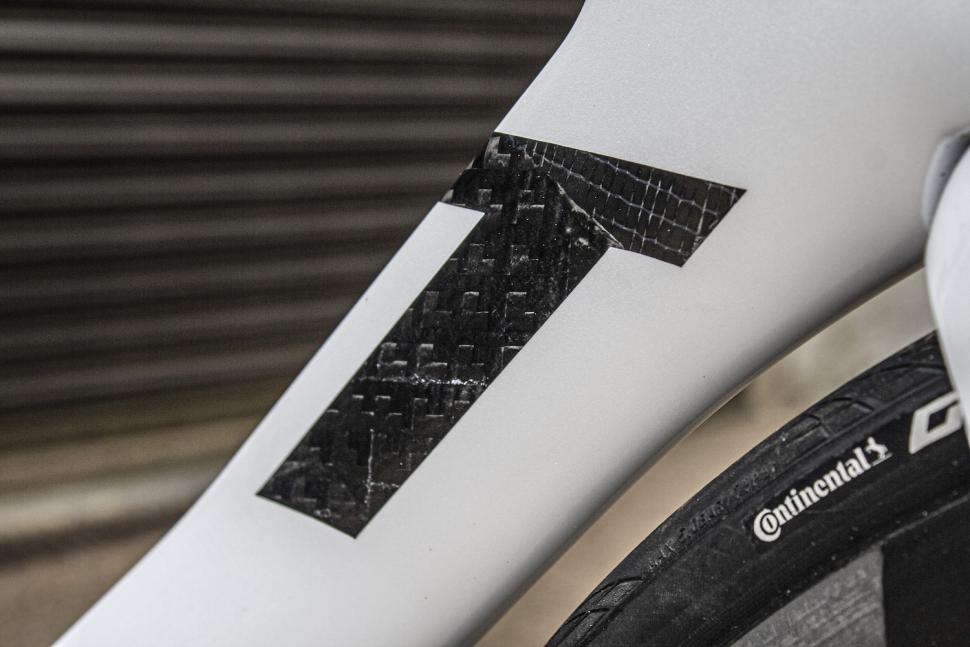
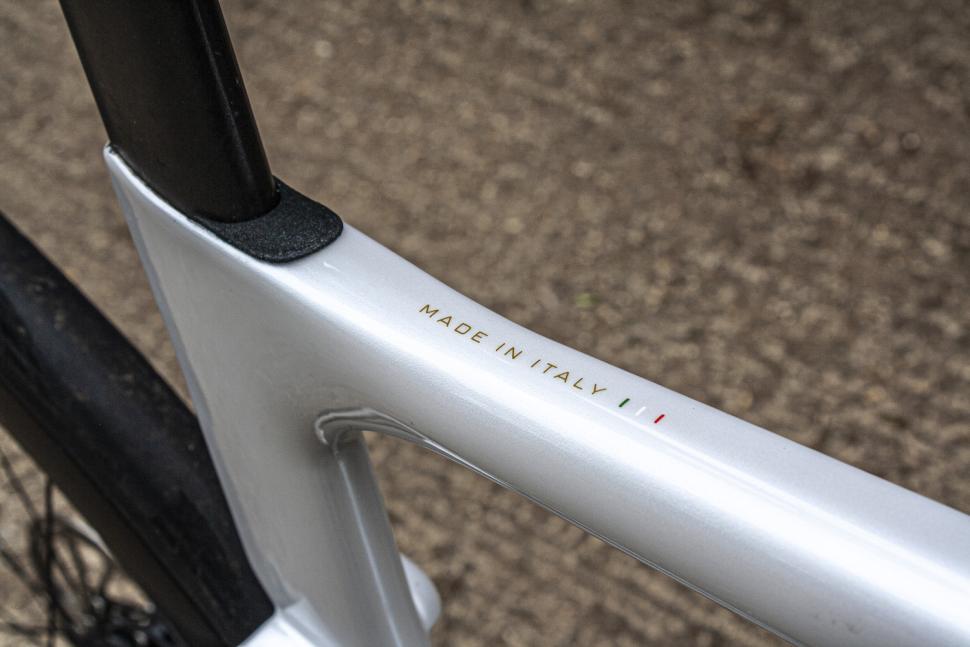
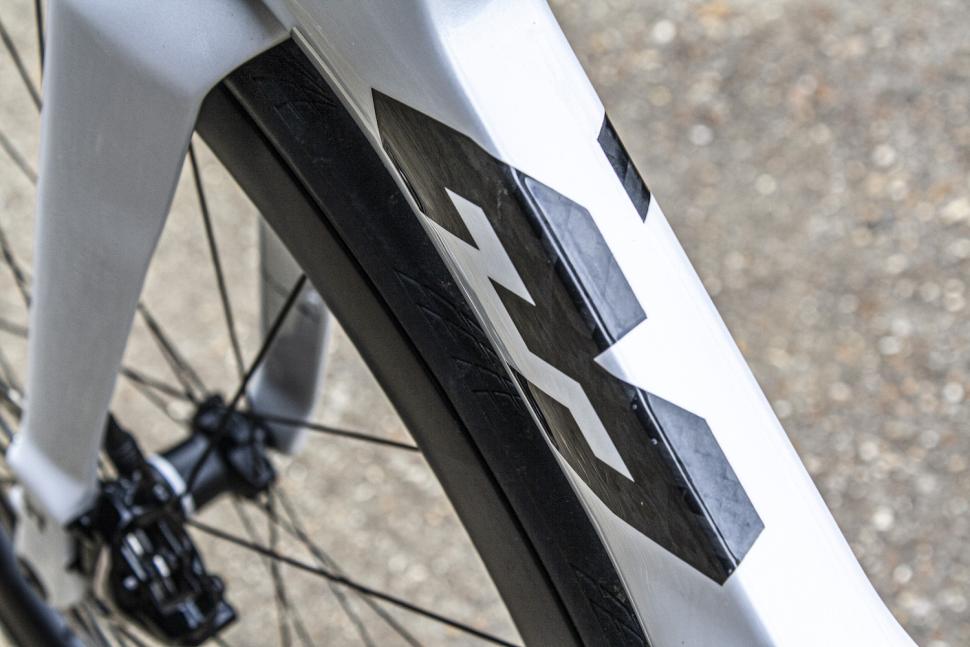
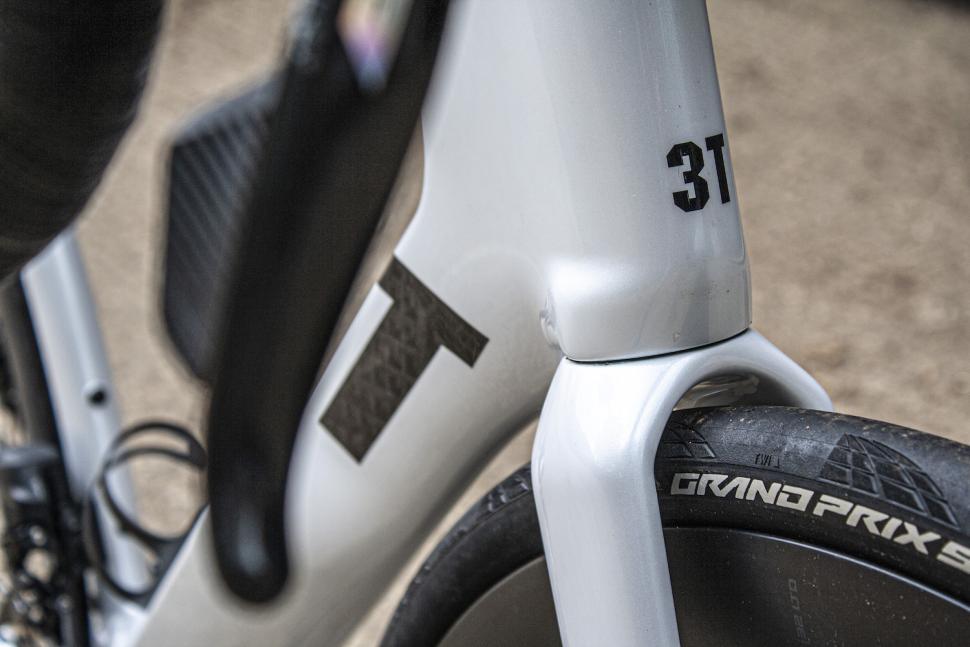
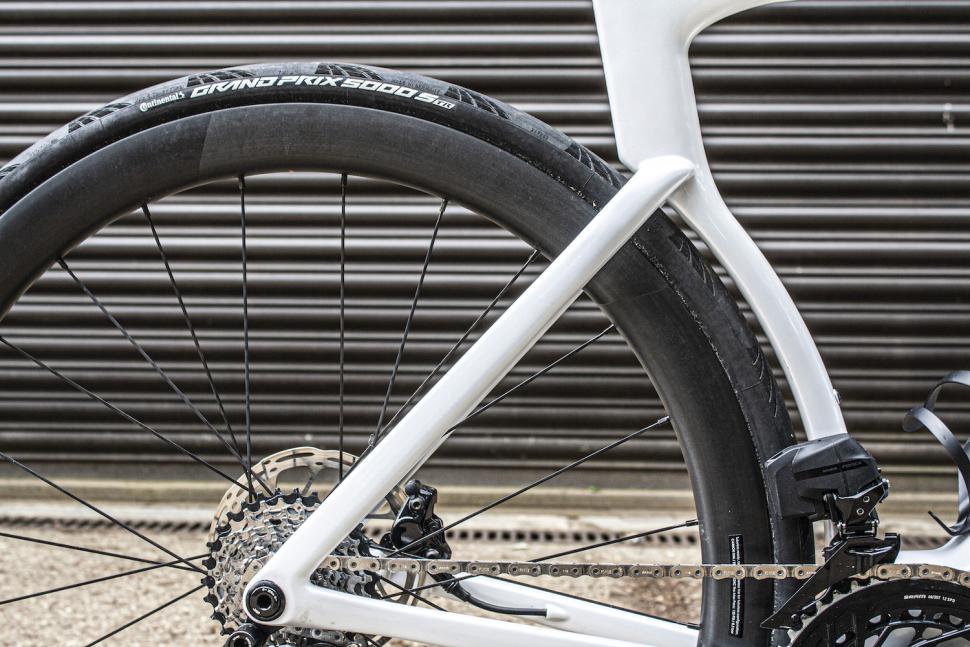
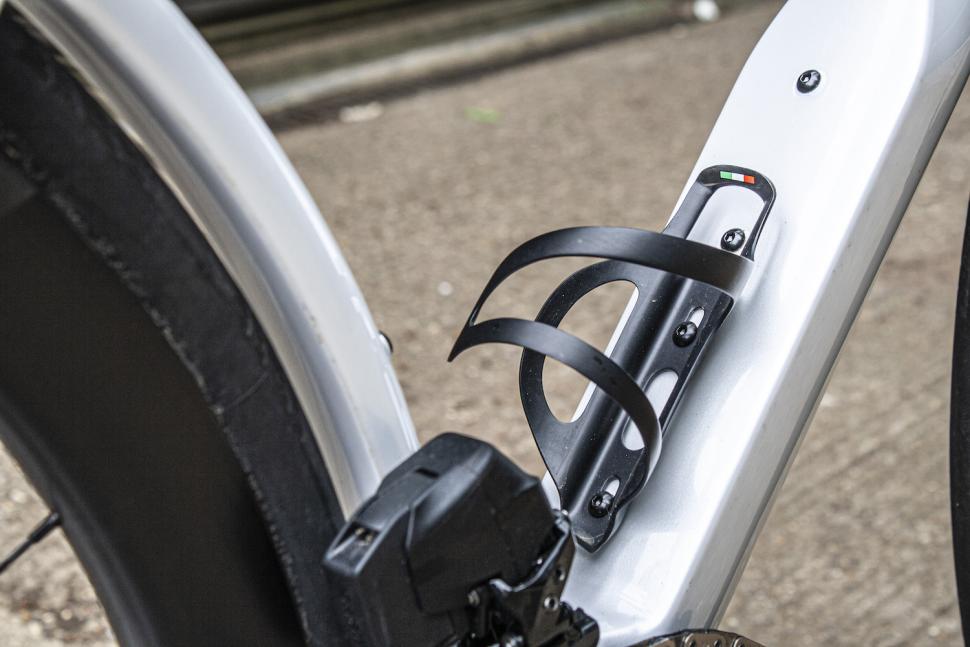
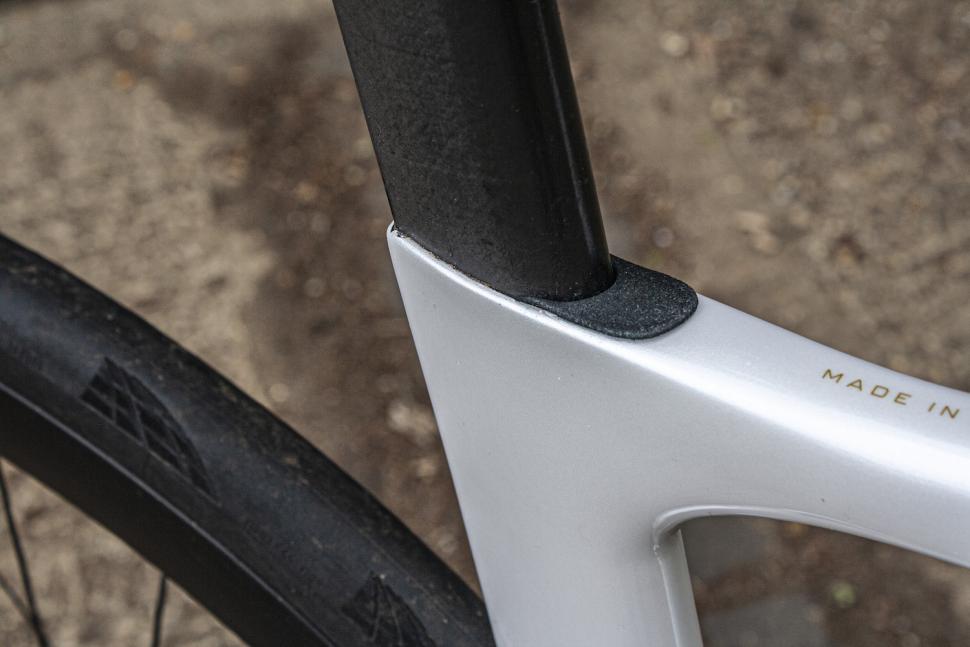
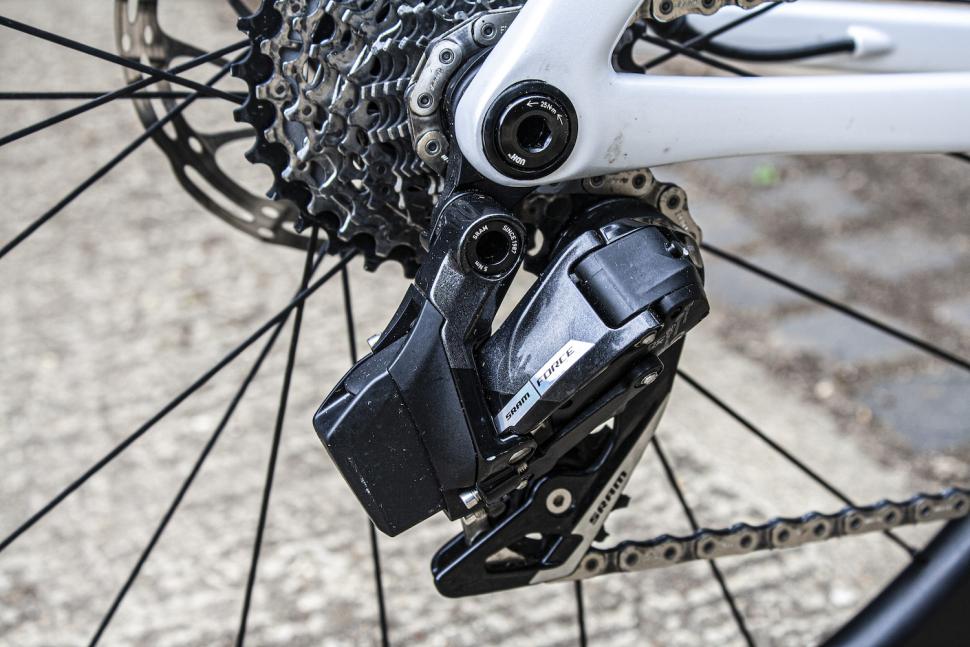
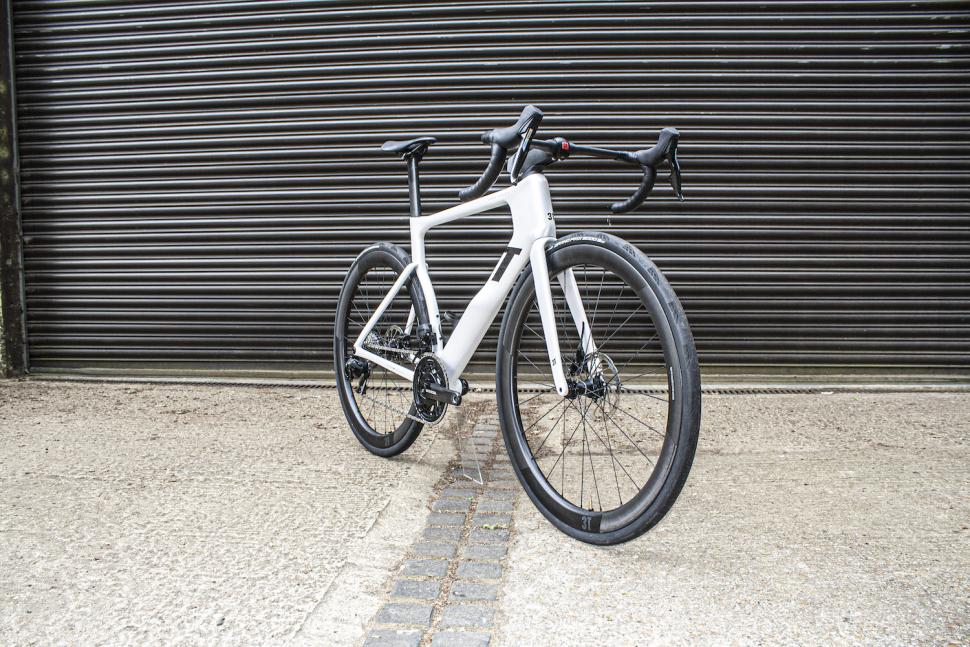


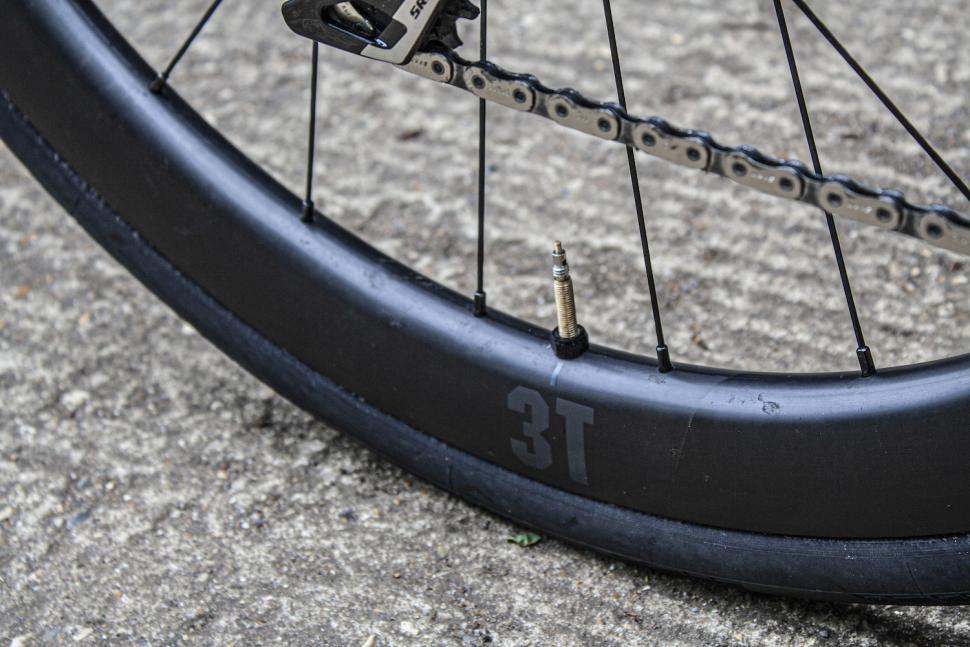
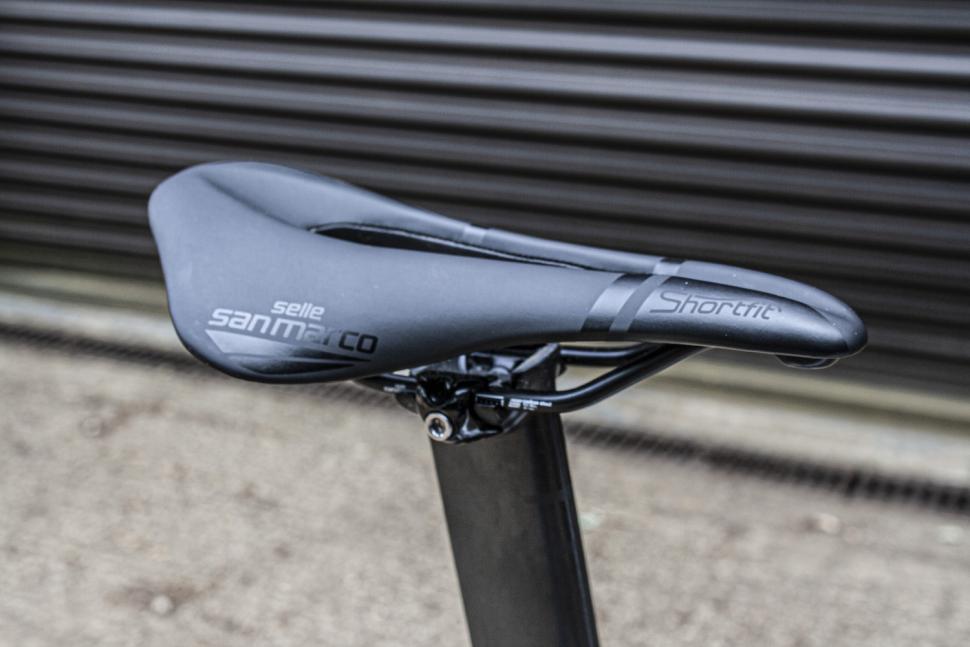
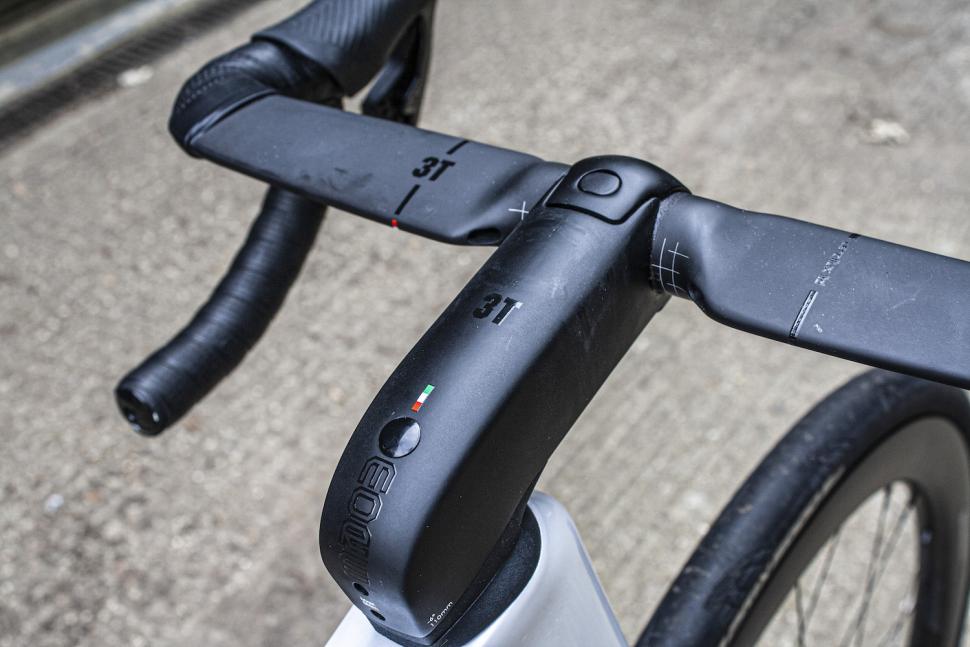




Add new comment
2 comments
Aerodynamics of the bike have a pretty limited effect overall unless it can force you into a TT position on tri-bars or something. So the idea that the aero aspects help you "hold speed over rolling terrain" is a bit laughable when you consider that it's basically a placebo.
About the handlebar. It looks like there is plenty of space either side of the stem to for a GPS mount?
There also appears to be this official Garmin mount for 3T Integrale Stems which is what the More stem actualy is.
https://www.garmin.com/en-GB/p/510191